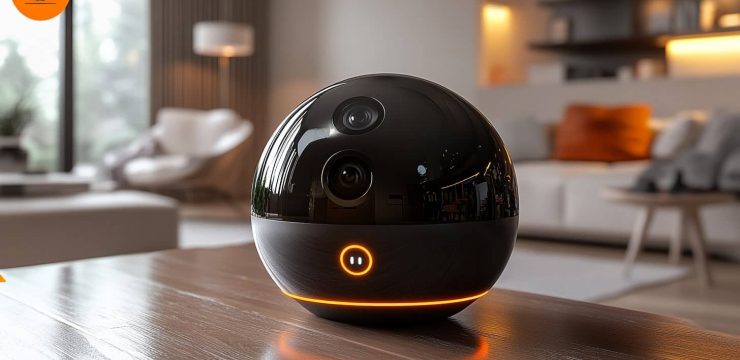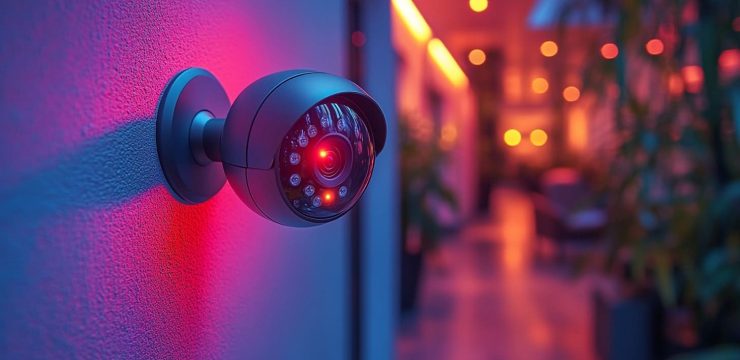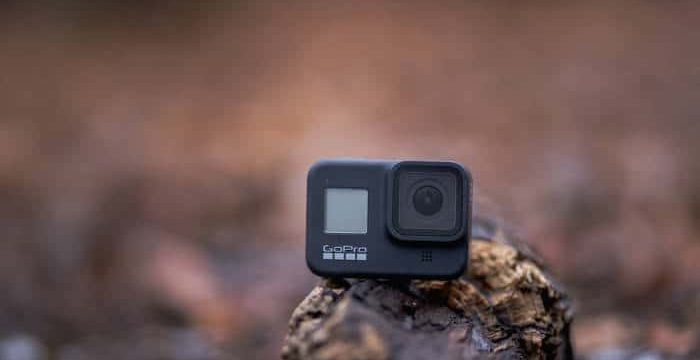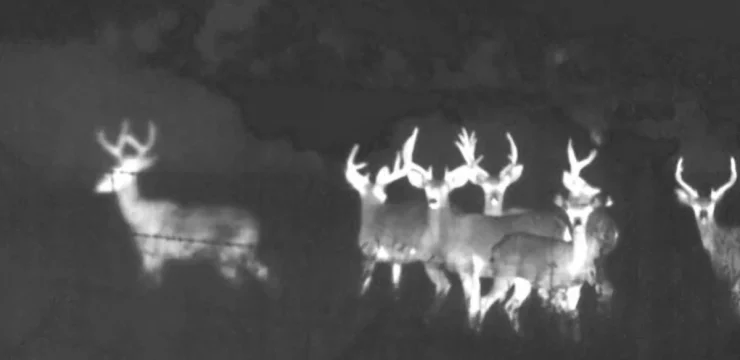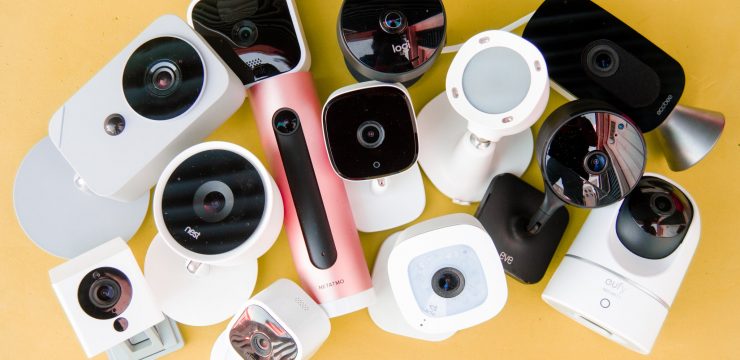Thermal cameras are used in a variety of applications, including security, search and rescue, inspections, and precision farming.
Security: Thermal cameras can be used to detect intruders in low-light or no-light conditions by detecting their body heat. They can also be used to monitor conveyor belts or other machinery for potential problems.
Search and Rescue: Thermal cameras can help search and rescue teams locate people in difficult terrain or in dangerous conditions such as smoke-filled buildings.
Inspections: Therma
There are a few things you should know before buying a thermal camera, such as what they’re used for and how to choose the right one for your needs.
Thermal cameras are used in a variety of applications, including security, search and rescue, inspections, and precision farming.
Security: Thermal cameras can be used to detect intruders in low-light or no-light conditions by detecting their body heat. They can also be used to monitor conveyor belts or other machinery for potential problems.
Search and Rescue: Thermal cameras can help search and rescue teams locate people in difficult terrain or in dangerous conditions such as smoke-filled buildings.
Inspections: Thermal cameras can be used to inspect electrical equipment for hot spots that could indicate a potential fire hazard. They can also be used to check for insulation leaks in buildings or process piping.
Precision Farming: Thermal cameras can be used in precision farming to help farmers detect crop stress, optimize irrigation, and improve yields.
The benefits of using a thermal camera
Thermal cameras have a number of benefits over traditional optical cameras.
They can see in the dark: Thermal cameras can detect infrared radiation, which is invisible to the human eye. This allows them to see in low-light or no-light conditions.
They can detect hidden problems: Thermal cameras can “see” through smoke, fog, and other obscurants that would block traditional optical cameras. This makes them ideal for applications such as search and rescue or industrial inspections.
They are less affected by weather: Thermal cameras are not affected by rain, snow, or other weather conditions that can impact traditional optical cameras.
They are non-intrusive: Thermal cameras can be used to monitor people or equipment without being noticed. This makes them ideal for security applications.
They are portable: Thermal cameras can be handheld, vehicle-mounted, or fixed in place. This makes them versatile and easy to use in a variety of applications.
How to Choose a Thermal Camera
When choosing a thermal camera, there are a few things you need to consider, such as the resolution, field of view, and operating temperature range.
Resolution: The resolution of a thermal camera is the number of pixels in the image sensor. The higher the resolution, the more detail the camera will be able to capture.
Field of View: The field of view is the amount of area that the camera can see. A larger field of view is better for applications that require a wide area to be monitored, such as security.
Operating Temperature Range: The operating temperature range is the range of temperatures that the camera can detect. For most applications, a camera with a broad operating temperature range is best.
Now that you know what to look for in a thermal camera, you’ll be able to choose the right one for your needs.
How to use a thermal camera
Thermal cameras are easy to use. Simply point the camera at the object or area you want to monitor and press the “record” button. The camera will automatically capture thermal images and save them to a memory card.
You can review the images on the camera’s LCD screen or download them to a computer for further analysis.
Thermal images can be used to detect hidden problems, such as electrical hot spots or insulation leaks. They can also be used to monitor people or equipment for potential problems.
When using a thermal camera, it’s important to follow all safety guidelines. Never point the camera at the sun or look directly at the sun through the viewfinder. Doing so could damage your eyesight.
It’s also important to avoid pointing the camera at people or animals. Thermal cameras can detect infrared radiation, which is emitted by all living things. Looking at people or animals through a thermal camera can be considered invasion of privacy.
